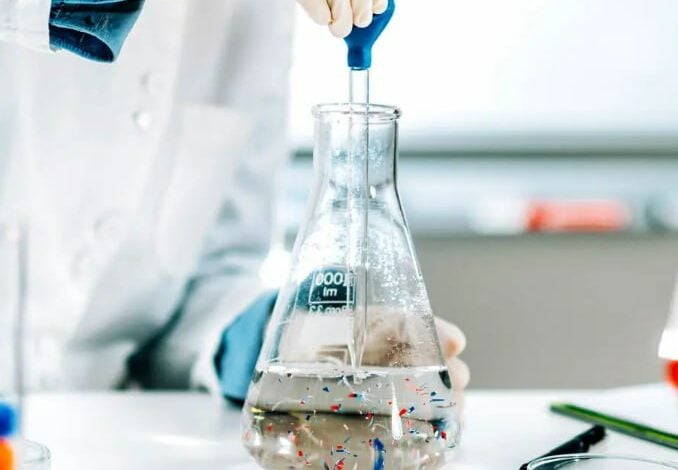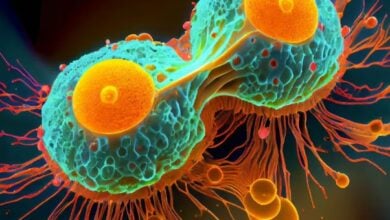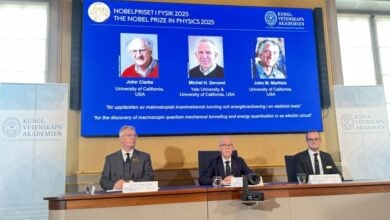Researchers develop new chemical process to break down 90% of plastic in just 30 minutes

Researchers develop new chemical process to break down 90% of plastic in just 30 minutes
———————————
A new chemical process developed by researchers at the University of New South Wales (UNSW) can break down 90% of polystyrene plastic—commonly found in Styrofoam takeout containers—in just 30 minutes using air, purple light, and inexpensive iron salt catalysts, Earth.com reported. This method uses a 405-nanometer LED to activate iron trichloride, producing chlorine radicals that break polymer chains into smaller molecules used in solvents, coatings, and flavors.
Polystyrene is notoriously persistent, fragmenting into microplastics that contaminate water and pose health risks. The UNSW team’s process achieves significant degradation rapidly at near-room temperature, consuming far less energy than traditional pyrolysis methods. Extending the reaction to three hours can convert up to 97% of the plastic.
This approach not only reduces plastic waste but also produces valuable chemical feedstocks like aldehydes and carboxylic acids. It could enable onsite liquefaction of foam waste, reducing transport costs and landfill volume. The technology holds promise for scaling with sunlight-driven reactors and integration into existing recycling systems.
By tackling polystyrene breakdown efficiently and sustainably, this innovation offers a path to lower microplastic pollution and supports circular economy goals. Pilot demonstrations are underway, with further research exploring its application to more complex plastics. The study is published in Macromolecular Rapid Communications.






